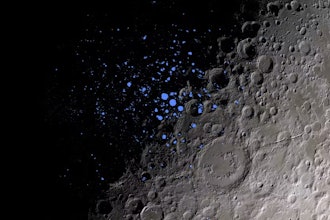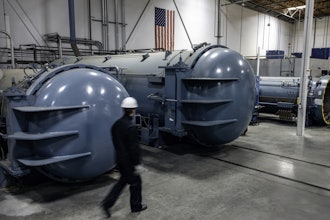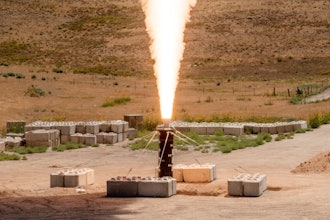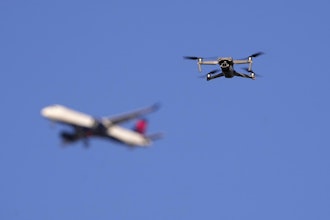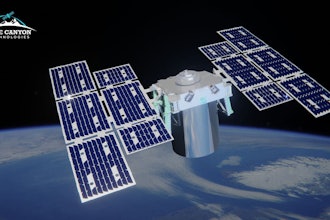NASA’s New Horizons July flyby continues to provide increasingly detailed images of Pluto’s surface, gathered 3 billion miles away from Earth.
In October, NASA released a round of photos that revealed a canyon system a thousand miles long and possible cryovolcanism, caused by a frozen internal ocean.
The most recently released photos have resolutions of about 260 feet per pixel. At that size, researchers can see features of the planet that would be smaller than half a city block.
Topographic details of Pluto’s “Badlands” show evidence of erosion and fault lines, and other areas, such as impact craters, reveal parts of Pluto’s history.
“Impact craters are nature’s drill rigs, and the new, highest-resolution pictures of the bigger craters seem to show that Pluto’s icy crust, at least in places, is distinctly layered,” said William McKinnon, deputy lead of the project’s Geology, Geophysics and Imaging team.
Patched together, the series of images — captured from 10,000 miles away with the telescopic Long Range Reconnaissance Imager — comprise a strip of Pluto’s surface 50 miles wide and 500 miles long.
“These new images give us a breathtaking super-high-resolution window into Pluto’s geology,” said Alan Stern, principal investigator for New Horizons. “Nothing of this quality was available for Venus or Mars until decades after their first flybys; yet at Pluto we’re already there — down among the craters, mountains and ice fields — less than five months after the flyby.”
More images are on the way, as New Horizon transmits new information from the July flyby each week.










